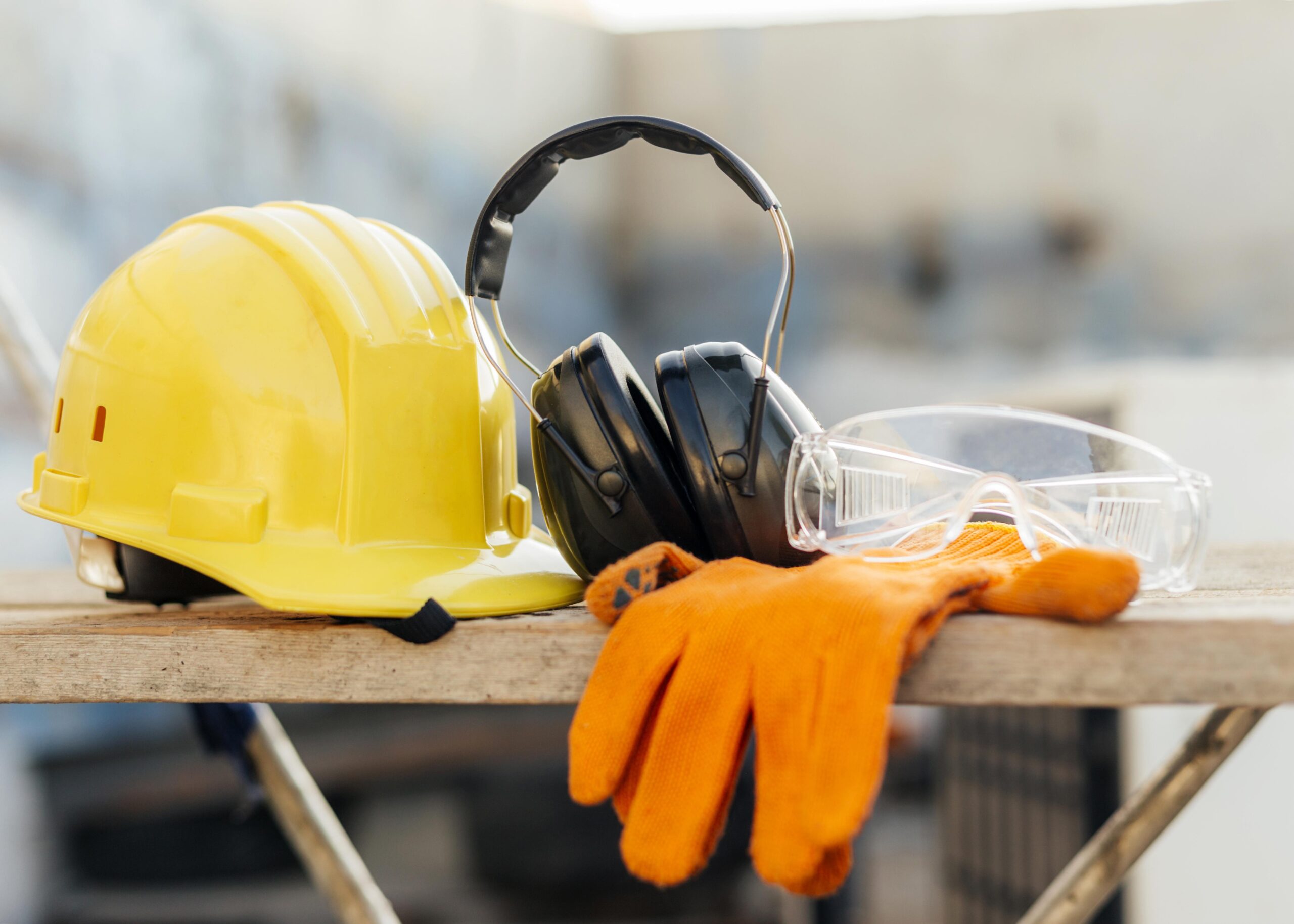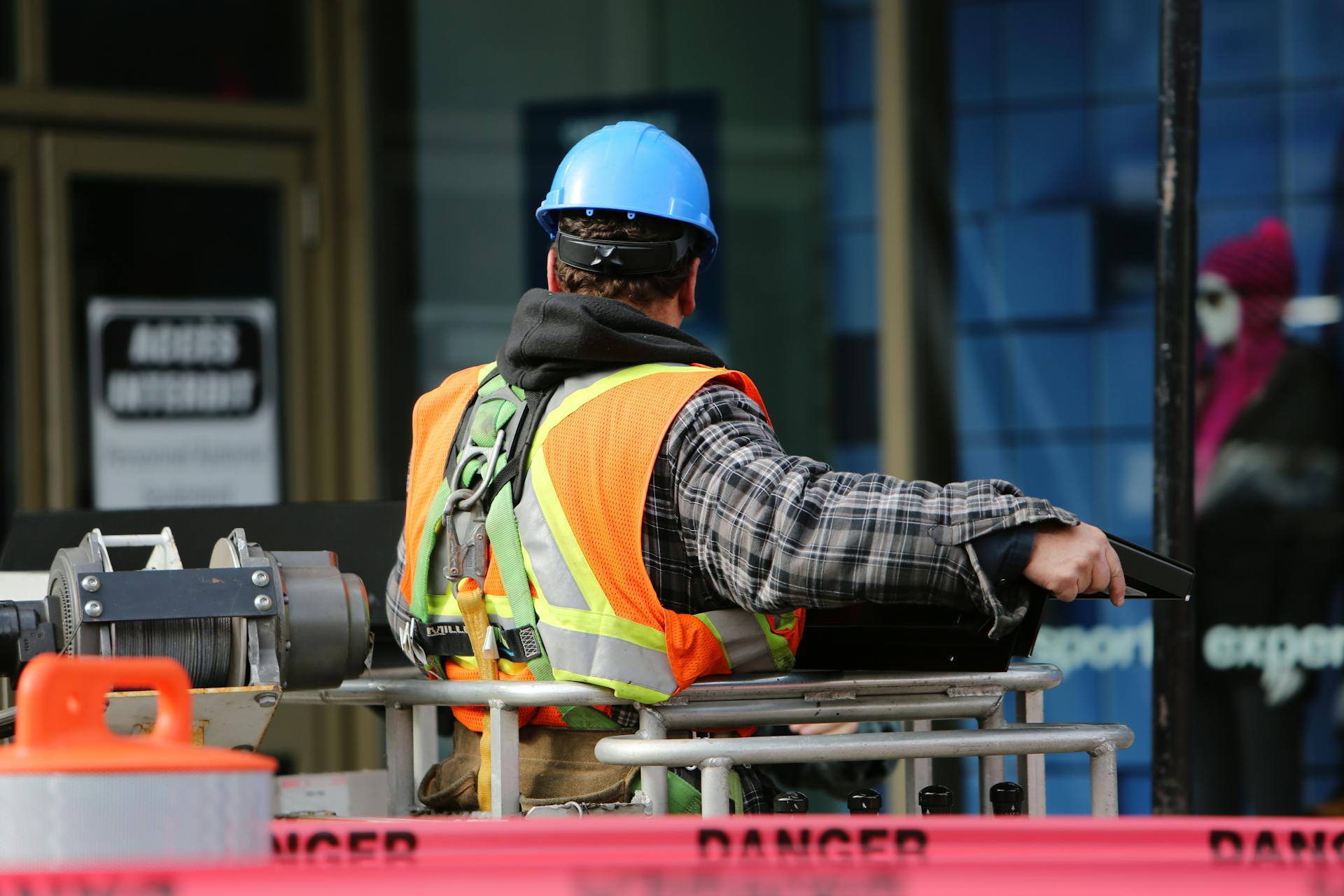Safety might not be the flashiest part of your residential construction project, but it’s one of the most important. Small construction companies are often hit hardest by workplace accidents and OSHA fines. Fortunately, understanding and following OSHA’s core safety standards can keep your crew protected and your business in the clear.
In this guide, we break down the OSHA rules that matter most for small builders and remodelers, and provide a practical checklist to catch the small details before they become big problems.
Why Safety Compliance Matters
Whether you’re framing a custom home or replacing a roof, the risks on a residential job site are real: falls, tool accidents, electrocution, and more. OSHA (Occupational Safety and Health Administration) enforces standards to reduce these hazards, and they do inspect residential job sites.
Non-compliance can lead to:
- Fines ranging from hundreds to over $15,000 per violation
- Work stoppages and project delays
- Liability lawsuits and insurance headaches
- Serious injuries that harm your team and your reputation
But the good news? Following a few key rules consistently is usually enough to stay safe—and avoid penalties.
Top OSHA Rules Every Small Construction Company Should Know
You don’t need a full-time safety officer to meet OSHA standards. Here are the most essential rules tailored for smaller crews and residential work:
1. Fall Protection (1926.501)
Falls are the leading cause of death in construction. If anyone is working six feet or more above a lower level (like on a roof or scaffold), fall protection is required.
✅ Provide harnesses, guardrails, or safety nets
✅ Train workers to use fall protection correctly
✅ Inspect equipment before every use
2. Ladders & Scaffolding (1926.1053 / 1926.451)
Improper ladder use is a common OSHA citation.
✅ Secure ladders at the top and bottom
✅ Never use the top step as a platform
✅ Keep three points of contact at all times
✅ Ensure scaffolds are properly braced and planked
3. Personal Protective Equipment (1926 Subpart E)
Even on smaller jobs, PPE is non-negotiable.
✅ Hard hats, gloves, and safety glasses must be worn when needed
✅ Hearing protection on noisy job sites
✅ Respirators if exposed to dust, mold, or fumes
4. Tool and Equipment Safety (1926.300)
Power tools cause injuries fast.
✅ Use guards on saws and grinders
✅ Don’t modify tools or remove safety features
✅ Unplug when not in use or during blade changes
5. Job Site Housekeeping (1926.25)
A messy site is a dangerous site.
✅ Keep walkways clear of cords, nails, and scrap
✅ Store materials safely and neatly
✅ Remove debris daily
SmartBuild Safety Checklist: Catching the “Small Moments”
It’s not just the big rules, OSHA inspections often catch overlooked details. Use this checklist to reinforce safety in the little things that matter:
| Moment | What to Watch For |
| Start of Day | PPE on all workers? Fall gear inspected? Tools in good condition? |
| During Work | Ladders secured? Extension cords laid out safely? Trash contained? |
| Break Time | Smoking or eating near flammable materials? Hydration available? |
| End of Day | Materials stacked safely? Tools unplugged and locked up? Site swept? |
Pro Tip: Use SmartBuild to assign safety tasks, track daily site conditions, and log inspections. Keeping digital records helps prove compliance if OSHA comes knocking.
Avoiding Fines: What Small Contractors Should Know
Training is Key: OSHA requires that workers understand the safety protocols. That means real training, not just a clipboard signature.
Document Everything: Maintain written safety plans and daily checklists.
Don’t Wait for an Accident: OSHA can inspect randomly. A proactive safety culture is your best defense
Final Thoughts
Keeping a safe site doesn’t have to slow you down, it helps your business grow. Clients trust pros who put safety first. Crews stay healthier and more productive. And you avoid the financial and legal fallout that comes with even one serious mistake.
SmartBuild helps small construction companies streamline project management, and that includes safety. From digital checklists and crew reminders to job site logs and compliance records, SmartBuild makes it easy to build smarter and safer.
Want to know more about the platform? Get in touch with our team and book a demo today!
Sources
For more detailed guidance on workplace safety and OSHA compliance, explore the following official resources:
- Occupational Safety and Health Administration (OSHA)
- U.S. Department of Labor
- National Institute for Occupational Safety and Health (NIOSH)
These resources offer up-to-date regulations, training materials, and compliance tools tailored for small construction businesses.
Frequently Asked Questions (FAQ)
1. Do I need a written safety plan even for small jobs?
Yes. OSHA requires a documented safety plan—even if you’re running a 3-person crew on a kitchen remodel.
2. How often should I train my workers?
Initial safety training is mandatory. After that, update training when new hazards or equipment are introduced.
3. What if I subcontract the work, am I still responsible for safety?
Yes. As the general contractor, you are still accountable for the site’s overall safety, even if subs are involved.
4. How can I prove I’m following OSHA safety standards if inspected?
Keep detailed records. Use daily safety checklists, training logs, and job site photos. Digital tools like SmartBuild can store and organize this info, making it easy to show proof of compliance during an inspection.



